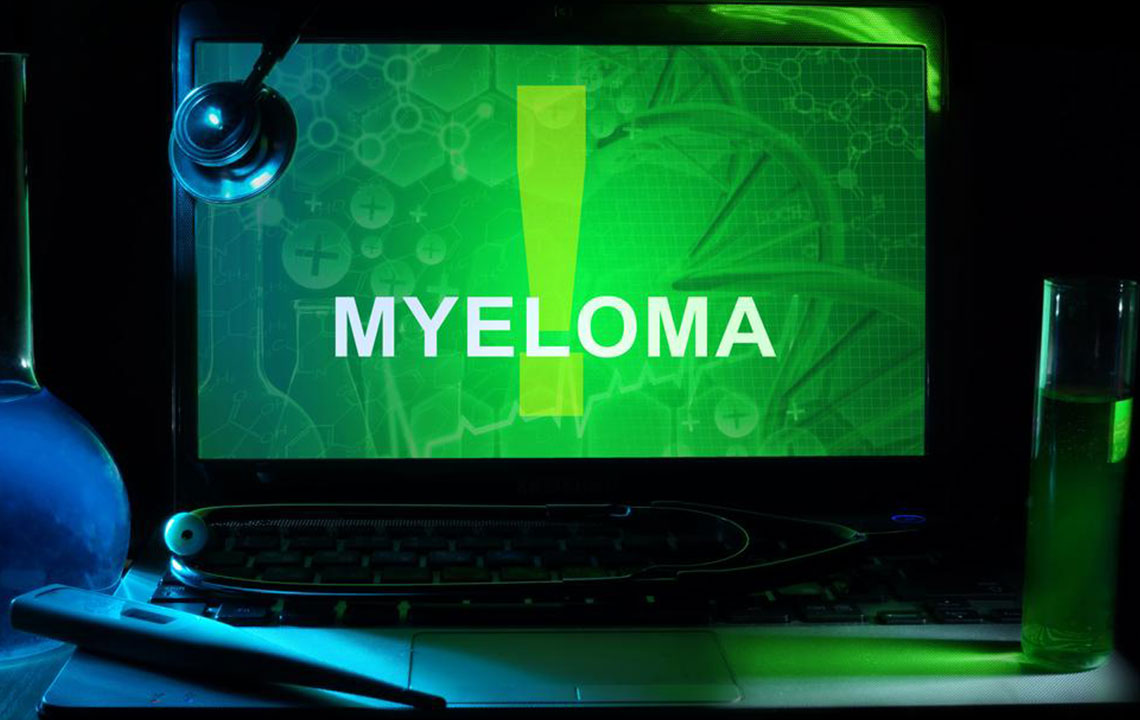Comprehensive Guide to Managing Multiple Myeloma Effectively
Discover comprehensive strategies for managing multiple myeloma effectively. Learn about treatments like chemotherapy, biological therapy, radiation, surgery, stem cell transplants, and supportive care. Find out how personalized management plans can improve outcomes and quality of life for patients diagnosed with this complex blood cancer.

Comprehensive Guide to Managing Multiple Myeloma Effectively
Multiple myeloma is a rare but serious type of blood cancer that originates within the bone marrow—the spongy tissue inside bones where blood cells are produced. This disease primarily affects plasma cells, a vital component of the immune system responsible for producing antibodies that fight infections. Under normal circumstances, plasma cells are crucial for protecting the body; however, in multiple myeloma, these cells become abnormal and proliferate uncontrollably, crowding out healthy cells and significantly impairing immune function. This condition not only weakens the body's ability to combat infections but can also lead to bone damage, anemia, kidney dysfunction, and increased susceptibility to fractures. Due to its subtle early symptoms, which often go unnoticed, early diagnosis is challenging, making effective management strategies crucial for improving patient outcomes.
Effective management of multiple myeloma involves a multifaceted approach that aims to slow disease progression, reduce symptoms, and improve quality of life. Treatment plans are tailored to each patient's unique situation, considering factors such as disease stage, overall health, age, and response to therapies. This comprehensive guide explores the most common and effective treatment options available today, providing insights into how these therapies work and their role in combatting this complex disease.
Primary Treatment Modalities for Multiple Myeloma
Chemotherapy: Chemotherapy remains a cornerstone of multiple myeloma treatment. It involves using powerful drugs designed to target and destroy rapidly dividing cancer cells. Chemotherapy can be administered orally in pill form or intravenously through infusion, depending on the protocol. While effective, it also impacts healthy cells, leading to potential side effects such as fatigue, nausea, hair loss, increased risk of infection, and low blood cell counts. The dosage and duration are carefully monitored to maximize efficacy while minimizing adverse effects. Chemotherapy is often used in conjunction with other therapies, especially in initial treatment phases or prior to stem cell transplants.
Biological Therapy: This innovative approach stimulates the body's immune system to recognize and attack myeloma cells more effectively. Drugs like thalidomide, lenalidomide, and pomalidomide belong to this category, functioning as immunomodulatory agents. These medications can be taken orally and are often combined with other treatments to enhance their effectiveness. Biological therapy has shown promising results in prolonging remission and improving survival rates, although it may be associated with side effects such as blood clots, fatigue, and gastrointestinal issues.
Radiation Therapy: High-energy radiation beams are used to target and destroy localized cancerous lesions. Radiation therapy is particularly useful when multiple myeloma causes localized bone pain, compresses spinal cord, or when targeted destruction of tumor sites is necessary. This modality can also help manage bone fractures or other structural complications. The treatment is carefully planned to minimize damage to surrounding healthy tissues, and side effects may include skin irritation, fatigue, and temporary bone marrow suppression.
Surgical Interventions: While surgery is not common in primary treatment, it becomes necessary in specific cases. Early detection of local disease may allow for minimally invasive procedures to remove isolated tumors. Additionally, in cases where bone weakening or fractures occur, orthopedic surgeries involving support implants or stabilization devices are employed to restore function and prevent further deterioration. Such interventions improve patient comfort and mobility while managing complications associated with advanced disease.
Stem Cell Transplantation: One of the most significant advances in multiple myeloma treatment is high-dose chemotherapy followed by stem cell transplant. This procedure involves collecting the patient's own healthy stem cells, administering intensive chemotherapy to eradicate diseased marrow, and then infusing the stem cells back into the patient. The transplanted stem cells help regenerate healthy blood and marrow tissues, offering the potential for long-term remission or even cure in some cases. This treatment requires careful preparation and supportive care due to its intensive nature and risks such as infections, graft-versus-host disease, and blood cell recovery issues.
Intravenous Immunoglobulin (IVIG): To combat weakened immunity caused by multiple myeloma, doctors often prescribe IVIG therapy. It involves injecting antibody-rich plasma derived from healthy donors, which provides passive immunity and reduces the risk of infections. IVIG is frequently used in conjunction with other therapies and plays a vital role in supporting immune function, especially in patients experiencing recurrent infections or immune system suppression due to chemotherapy or disease progression.
Understanding the various treatment options and their potential side effects is crucial for patients and caregivers. Effective management often involves a multidisciplinary team working together to develop personalized plans that optimize therapeutic benefits while minimizing adverse effects. Regular monitoring, supportive care, and lifestyle adjustments are integral to improving overall survival rates and quality of life.
In conclusion, advancements in treatment strategies for multiple myeloma continue to evolve, providing hope for more effective therapies and improved patient outcomes. Whether through targeted therapies, stem cell transplants, or supportive care measures, a comprehensive approach is essential to managing this complex disease effectively and enhancing patients' quality of life.





